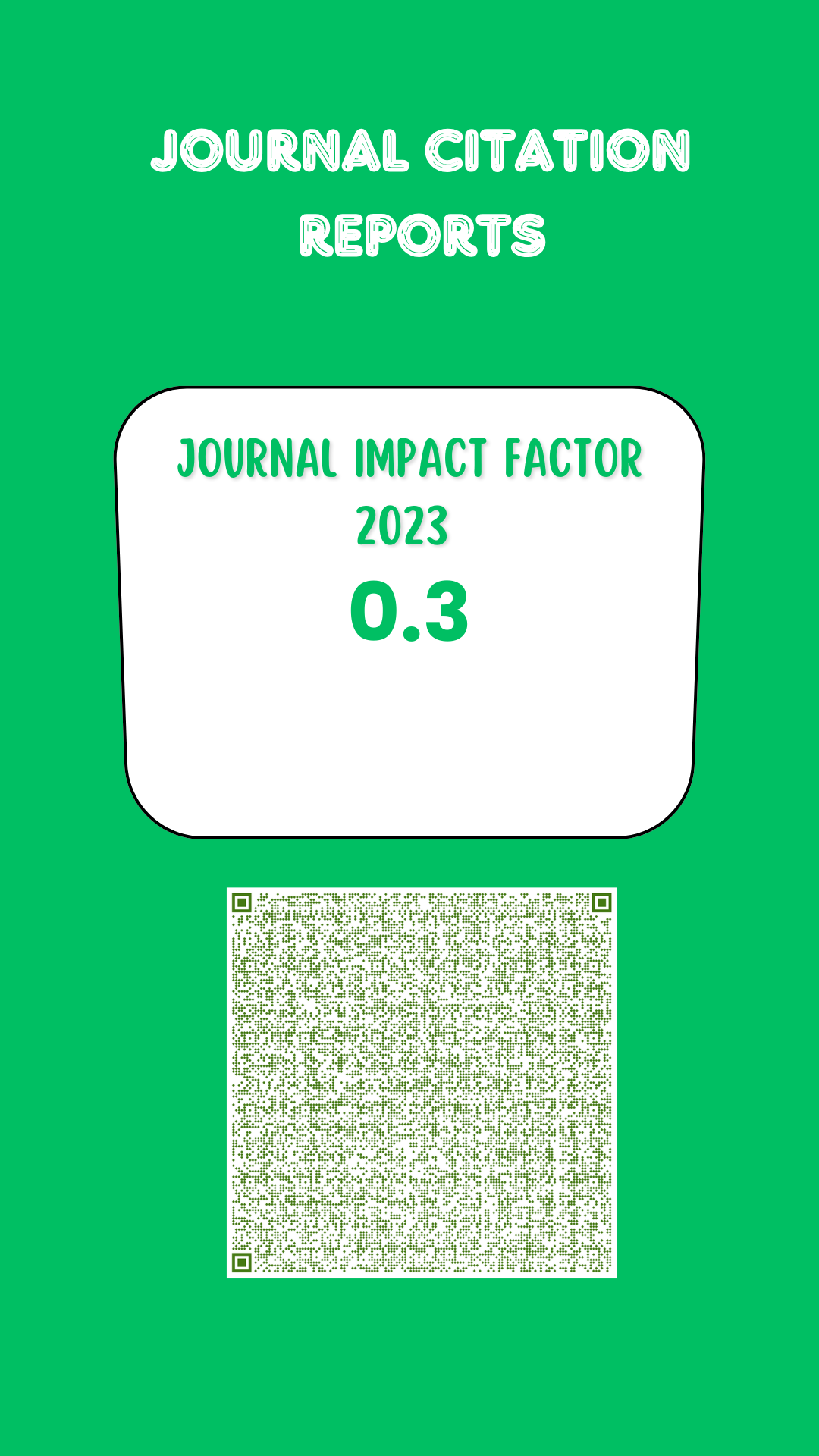Atmometer and crop coefficient use in irrigation scheduling in silage corn
DOI:
https://doi.org/10.19136/era.a10n1.3160Abstract
Irrigation scheduling is a key factor for efficient water management in agriculture. The objective of the study was to program the irrigations with
the use of the atmometer and the crop coefficient (Kc) in forage corn (Zea mays L.) to evaluate its effect on plant height, leaf area index, dry matter yield (DM) and
water use efficiency (WUE) under different irrigation treatments. The study was carried out in the Experimental Field La Laguna of INIFAP located in Matamoros,
Coahuila, Mexico. Three corn hybrids (H-431, H-383 and SB-302) were used with a subsurface drip irrigation system, applying 60, 80 and 100% evapotranspiration (ET) treatments and a control (gravity irrigation). The experimental design was completely randomized blocks with divided plots and four replications. Irrigation scheduling with the atmometer and Kc of corn led to a higher DM yield (18.83 t ha−1) and WUE (3.66 kg DM m−3) in the three hybrids with 100% ET. The WUE in 100% ET was 1.36, 1.63 and 40% higher with respect to 60%, 80% ET and irrigation by gravity, respectively. Therefore, scheduling irrigation using the atmometer and crop Kc in a subsurface drip irrigation system helps to obtain more efficient water use in forage corn.
Downloads
Downloads
Published
Issue
Section
License
Copyright (c) 2023 Ecosistemas y Recursos Agropecuarios

This work is licensed under a Creative Commons Attribution-NonCommercial-ShareAlike 4.0 International License.
Aviso de copyright
Los autores que se envían a esta revista aceptan los siguientes términos:
una. Los autores conservan los derechos de autor y garantizan a la revista el derecho a ser la primera publicación del trabajo con una licencia de atribución de Creative Commons que permite a otros compartir el trabajo con un reconocimiento de la autoría del trabajo y la publicación inicial en esta revista.
B. Los autores pueden establecer acuerdos complementarios separados para la distribución no exclusiva de la versión del trabajo publicado en la revista (por ejemplo, en un repositorio institucional o publicarlo en un libro), con un reconocimiento de su publicación inicial en esta revista.
C. Se permite y se anima a los autores a difundir su trabajo electrónicamente (por ejemplo, en repositorios institucionales o en su propio sitio web) antes y durante el proceso de envío, ya que puede conducir a intercambios productivos, así como a una cita más temprana y más extensa del trabajo publicado. (Consulte El efecto del acceso abierto).



